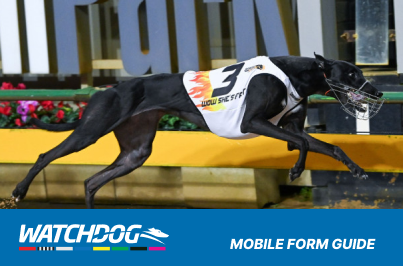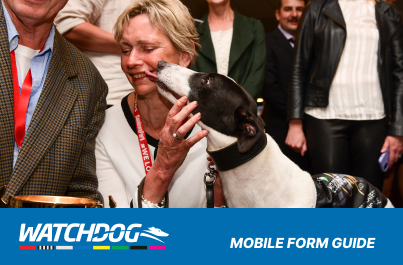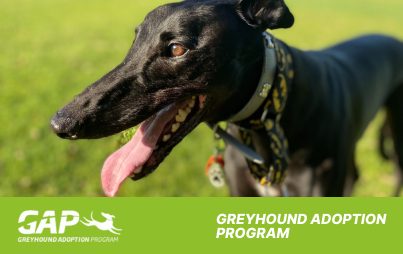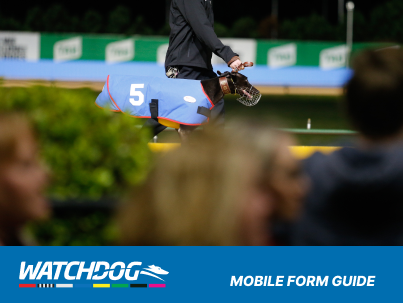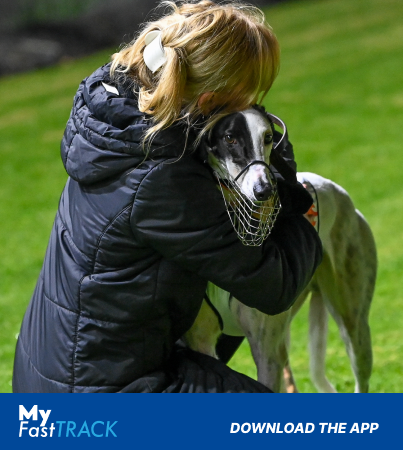What Is Rearing?
Every aspect of a greyhound pup’s upbringing is vitally important, and perhaps none more so than the rearing phase. The rearing phase starts at around three months of age when the pup leaves the litter, and continues up until about 14 months old, which is an ideal time for many greyhounds to begin their breaking in.
Rearing is important because the aim is to ‘grow an athlete’ – making sure that the young pup you have purchased has every opportunity to mature into a strong and healthy adult who is ready to make the transition into the racing kennels. Deciding who will rear your pup, if you are not going to do it yourself, is one of the most important decisions that you can make.
Although many new owners make their rearing decisions based on price, it is important that you make sure that during this critical period your greyhound is getting the best of care and avoid taking short cuts that could cost you dearly at the other end. So what is involved in good rearing?
1. DIET: Although there are a variety of feeding strategies in the greyhound industry, the ultimate aim is to ensure that the diet that is fed is complete and balanced to ensure that your growing pup gets all the nutrients it needs to grow healthy bones and muscles. Experienced greyhound people generally feed a mix of quality dry dog food (kibble) along with fresh meat, and possibly other items such as raw bones and milk. Of course clean fresh water is essential at all times.
When selecting a rearing property for your pup take time to discuss the diet they feed, and ask to see their food preparation area, or better still watch them prepare the meals for the animals already on site. That way you can see what your pup is likely to be fed, how it is stored, and how it is likely to be served. As you walk around have a close look at the yards and pens where the pups are housed. Are the water containers all clean and full?
2. EXERCISE & GALLOPING: Athletes in the making need to develop their muscles and co-ordination. Living in ‘long runs’ or having regular access to an open paddock is critically important in order for your greyhound to have the opportunity to learn to gallop. The bigger the space the better as they can really stretch out, and have the space to safely twist and turn and manoeuvre as they will have to in racing conditions.
The best modern-day rearers give their greyhounds access to large exercise paddocks at least every second day, but that is not to say that rearers on smaller properties can’t achieve the same success – they just have to work a bit harder to provide the galloping exercise your pup will need.
3. SOCIALISING WITH OTHER GREYHOUNDS: As important as it is that greyhound pups gallop regularly, it is just as important that they do so while in the company of greyhounds their own age or size. The company not only keeps them happy (as dogs are a pack animal) it also triggers their competitive nature and allows them to adapt to the type of hustle and bustle they will face in competitive racing.
4. HUMAN INTERACTION AND HANDLING: Regular human interaction and handling builds the confidence in a young greyhound and prepares them for the wider world. All pups should be regularly handled all over and should be taught to walk on a lead – these are skills that will be required when they come to racing. Chase behaviours can be encouraged right from the start with a variety of toy and games aimed at building the pup’s confidence and interest.
Gradually exposing the pup to other events they might experience later in life – such as time in a race kennel, trips in the car or dog trailer, and even the sights and sounds of the race track can all help the greyhound adjust quickly when the time for racing comes.
Many pups head off to the breakers with only minimal experience, and therefore take a lot longer to get used to the change in routine. Having a dog arrive that is confident being handled, used to a kennel, and able to walk on a lead makes the Breaker’s job much easier, and makes it easier for your greyhound to display their true ability.
5. ONGOING PREVENTATIVE HEALTH CARE: Although your pup will have had its initial vaccinations, it is important that you also make sure they are regularly treated for intestinal parasites (worms) and external parasites (fleas). All the good food in the world is not going to help grow an athlete, if the nutrients are being used to feed a belly full of worms! Fleas on the other hand feed on blood (like mosquitoes) and high flea burdens can cause anaemia in young pups.
It is important that your pup is also monitored closely for any soreness or injury, as early treatment and diagnosis by a greyhound veterinarian may prevent a minor injury impacting your pup’s later racing career.
THE COST OF REARING The costs of rearing your greyhound generally vary according to the quality of the care. You should expect to pay a minimum of $50-60 a week, but remember that cutting costs at this vital stage is false economy as you don’t get a second chance to grow that pup into a racing athlete.
Alternately, you may chose to rear your greyhound yourself if you have the facilities, but you need to make sure that you meet any local council requirements in regards to land use and animal numbers.
